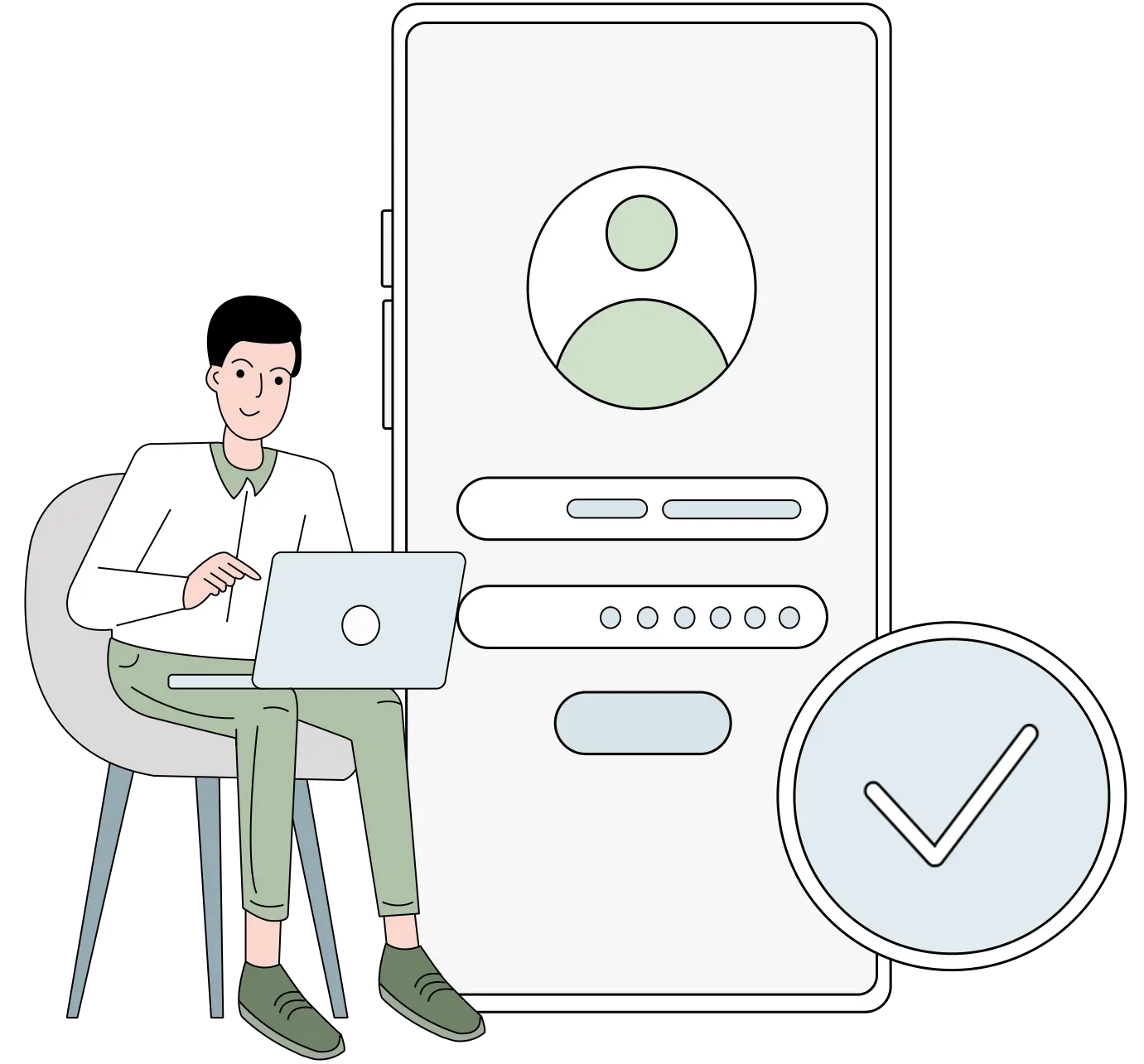1) Identify a Market Need: Start by identifying a specific problem or need within the digital platform ecosystem. Consider what existing devices or technologies are lacking or could be improved upon.
2) Market Research: Conduct thorough market research to understand the demand, competition, and potential customer base for your device. This will help you refine your idea and determine if there's a viable market.
3) Conceptualization: Develop a clear concept for your device. Outline its main features, functions, and how it will integrate with digital platforms. Consider factors like form factor, connectivity options, and power source.
4) Prototyping: Create a prototype or proof of concept to test your idea. This may involve designing a basic version of the device to validate its feasibility and functionality.
5) Design and Development: Once you have a validated concept, proceed with the design and development phase. This includes creating detailed technical specifications, selecting components, and building the device.
6) Software Integration: If your device is intended to interact with digital platforms, you'll need to develop software or firmware to enable this interaction. This could involve creating apps, drivers, or APIs.
7) Testing and Quality Assurance: Rigorously test your device to ensure it meets performance and reliability standards. Address any issues that arise during testing.
8) Regulatory Compliance: Depending on the type of device and its intended use, you may need to comply with regulatory standards and obtain certifications. This is especially important for safety-critical devices.
9) Manufacturing and Production: Once the design is finalized and all necessary testing and compliance steps are complete, you can move into mass production.
10) Distribution and Marketing: Develop a distribution strategy and marketing plan to reach your target audience. Consider partnerships, online sales, or retail distribution channels.
11) User Support and Updates: Provide customer support for your device and plan for software updates or improvements as needed.
12) Feedback and Iteration: Collect feedback from users and be prepared to iterate on your device based on their input and evolving market trends.
about author
Cloud Regex Pvt Ltd is a pioneering software company dedicated to crafting innovative solutions that push the boundaries of technology. With a team of experts driven by passion and creativity, we specialize in creating captivating mobile apps, responsive websites, and cutting-edge digital experiences

